Flora and fauna
The Park's rich biodiversity includes over 400 native plant species and over 250 native animal species.
The Park's rich biodiversity
Many of the species and ecological communities were once widespread in Sydney but are now uncommon in urban areas. Many are of conservation significance at a local, regional, state, national or international level.
A comprehensive ecological monitoring and reporting program has been in place for 20 years, and informs the conservation strategies of focal species and communities that represent the Park’s overall ecological health.
Within the boundaries of the Park there are:
- over 200 species of native birds
- 7 species of frogs
- 10 species of bats
- 15 species of reptiles
- over 50 native fish species
- many thousands of species of invertebrates
- over 400 native plant species
- 3 endangered ecological communities
- 100 hectares of intertidal wetlands
Species and habitats of conservation significance
Habitats
Sydney Turpentine Ironbark Forest: only 0.5% of the pre-European extent of this Critically Endangered Community remain.
Swamp Oak Floodplain Forest: is an Endangered Ecological Community found on the fringes of estuaries. Only 13% of this community remain in western Sydney.
Coastal Saltmarsh: the Park supports 25 hectares of Coastal Saltmarsh, an Endangered Ecological Community. It is the largest remaining stand on the Parramatta River.
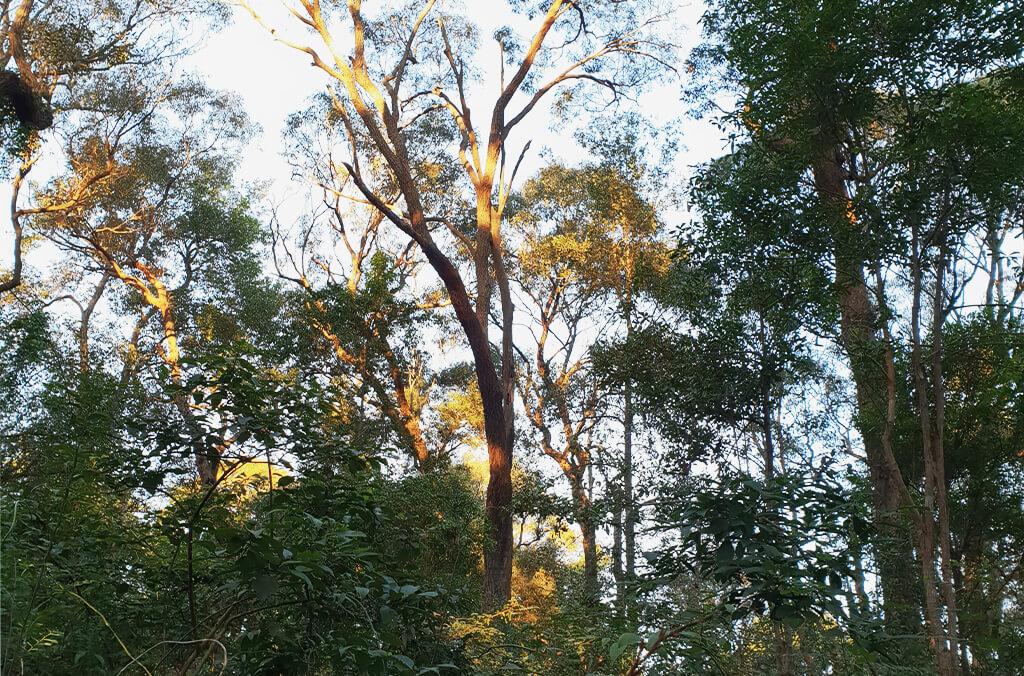
Sydney Turpentine Ironbark Forest 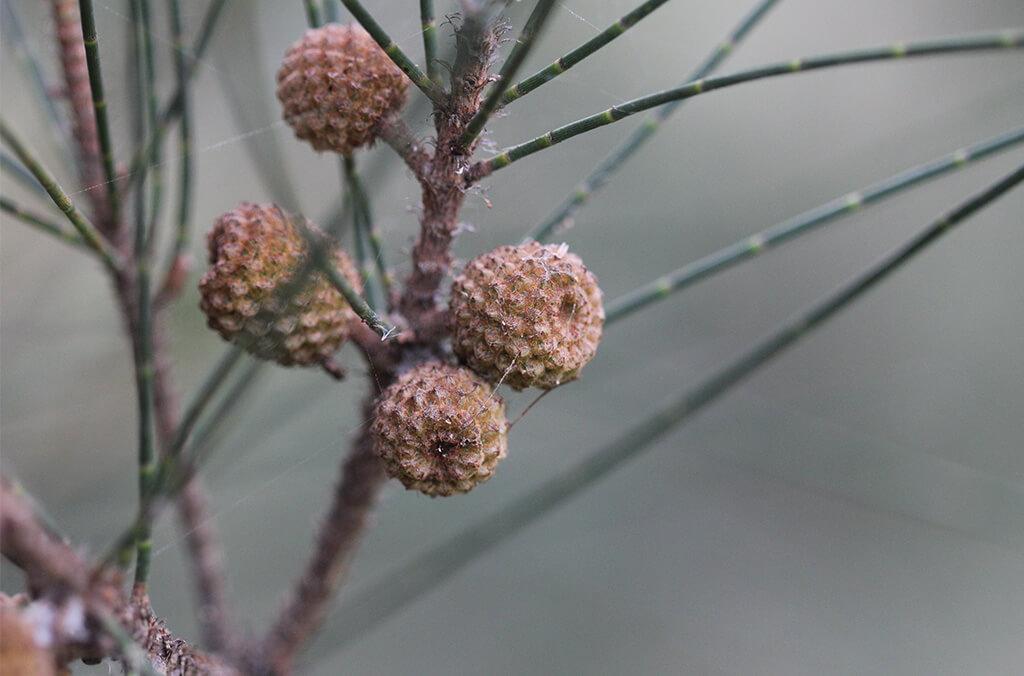
Swamp Oak Floodplain Forest 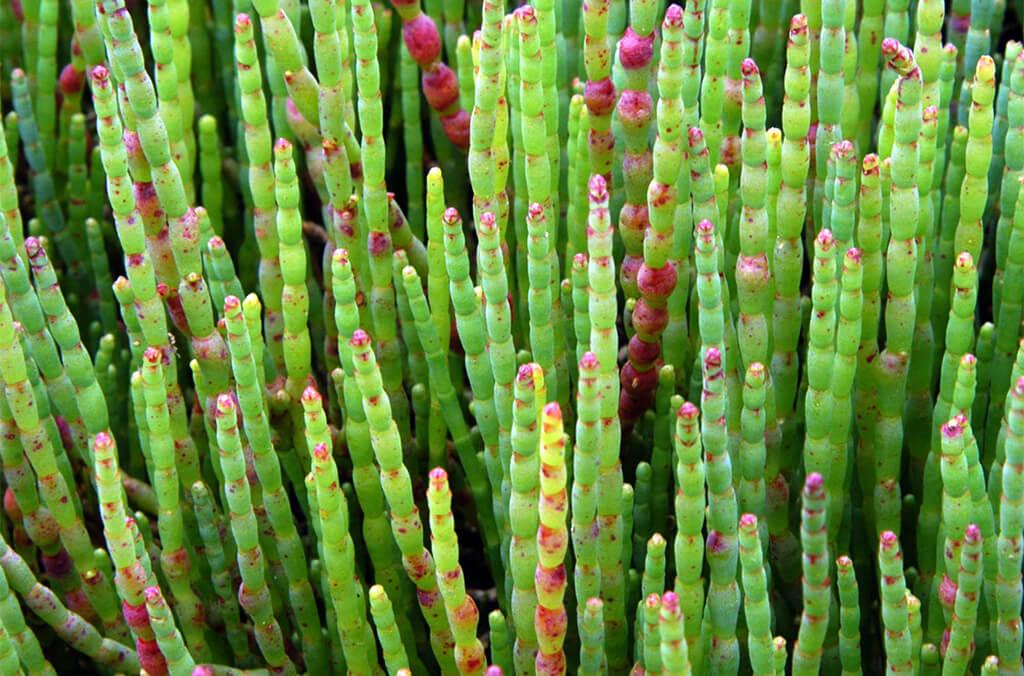
Coastal Saltmarsh
Species
Migratory shorebirds that breed in Japan or Siberia can be found in the Park between August and March. These birds travel 10,000km or more per year, and face many threats.
The Park has one of the largest remaining populations the endangered Green and Golden Bell Frog in NSW.
Woodland dependent birds are disappearing due to habitat loss, predation, wildfires and competition.
Microbats are nocturnal flying mammals and an important part of the food web; they are at risk from light pollution and habitat loss.
Mangroves are protected marine vegetation; Sydney Olympic Park is home to the largest stands of mangroves remaining in the Parramatta River estuary.
Raptors or ‘birds of prey’ include eagles, hawks, falcons, kestrels and owls. The Park protects habitat for these top predators and their prey.
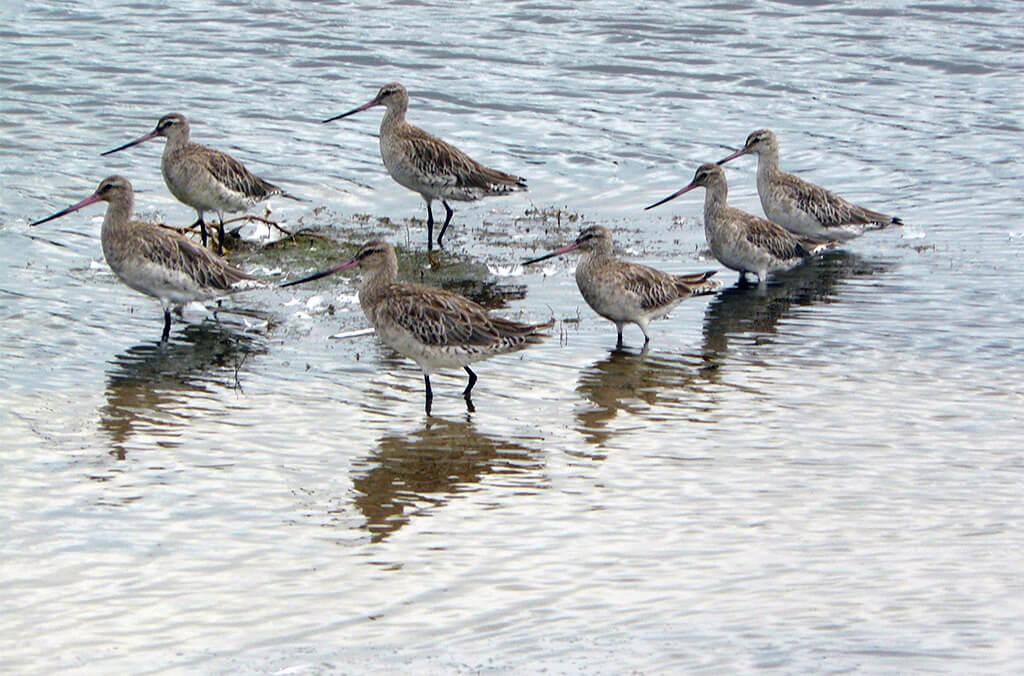
Migratory shorebirds (Bar-tailed Godwits). 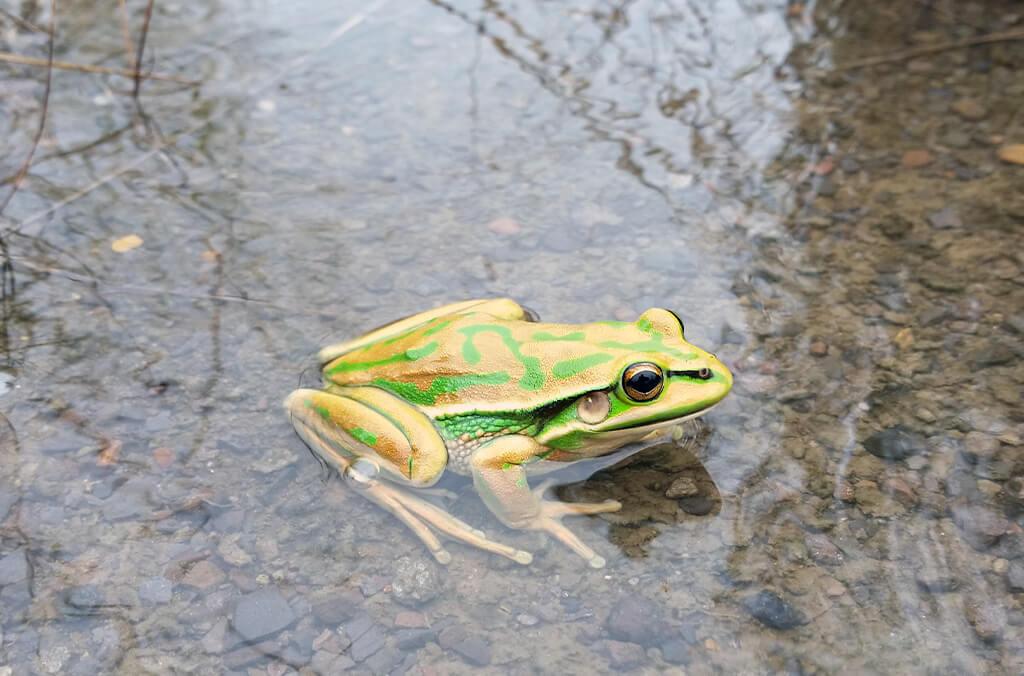
Green and Golden Bell Frog 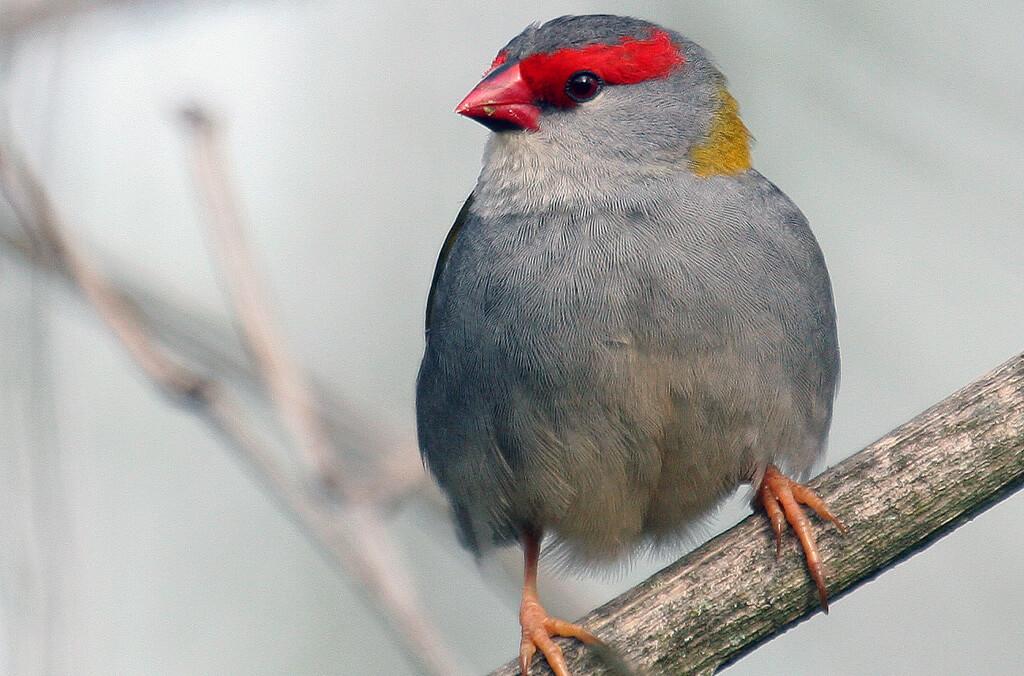
Woodland dependent bird (Red-browed Finch). 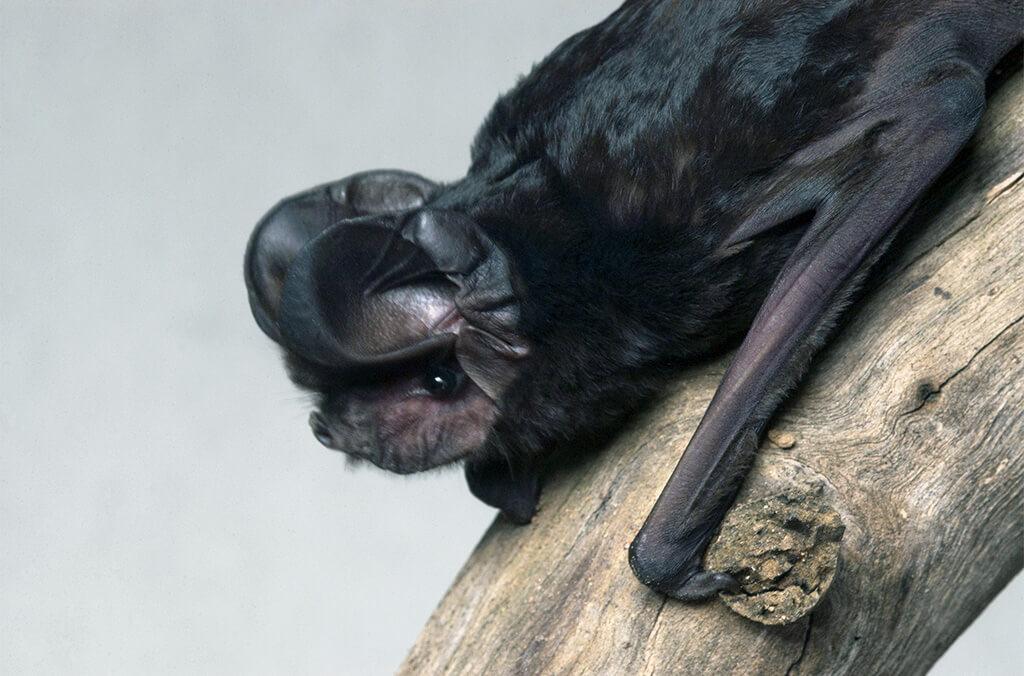
Microbat (White-striped Free-tailed Bat © Lowan Turton. 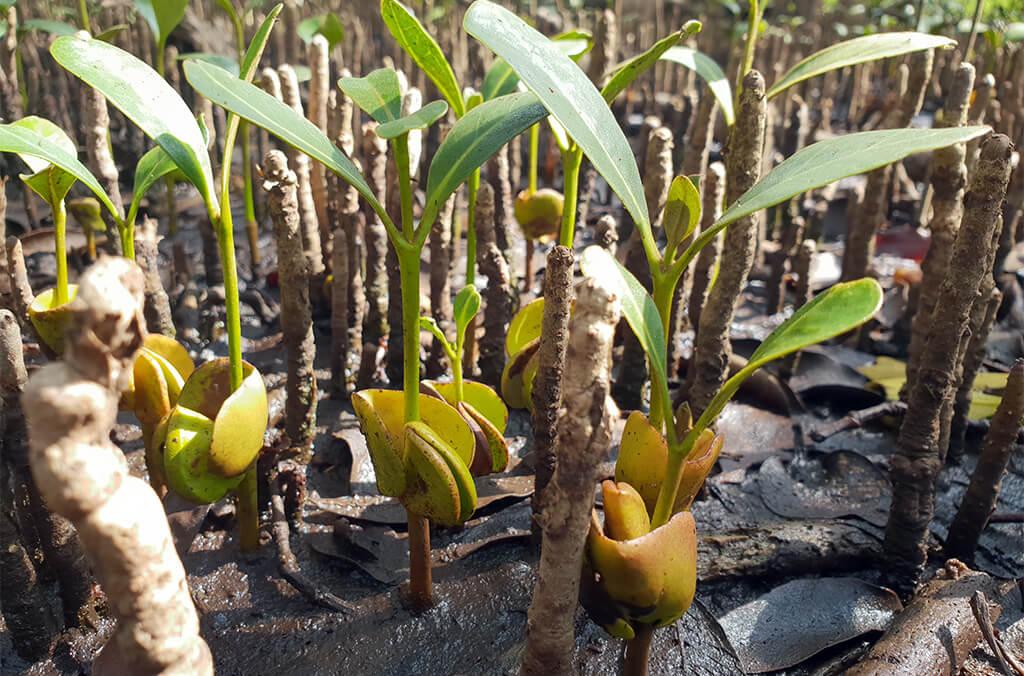
Mangrove seedlings 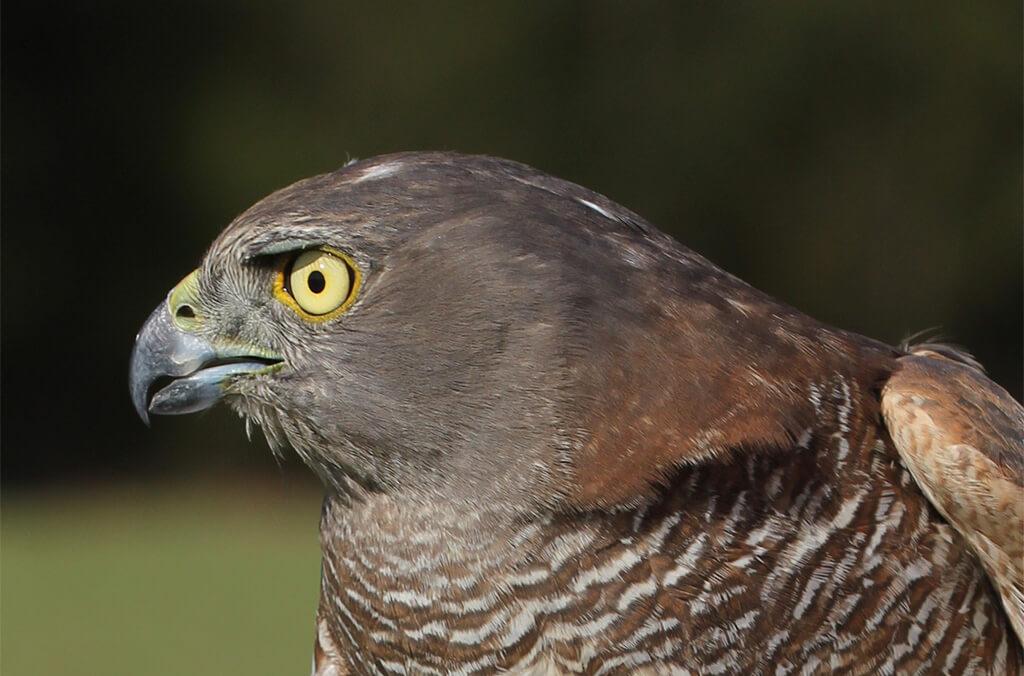
Brown Goshawk head
